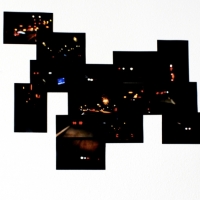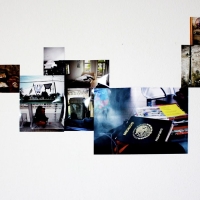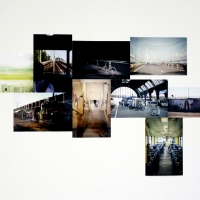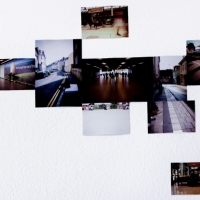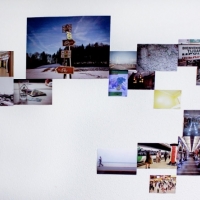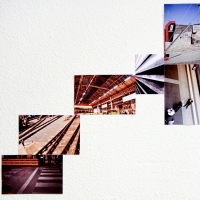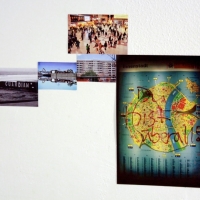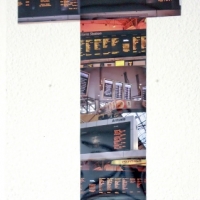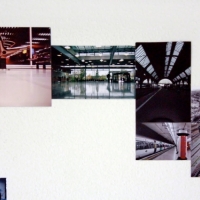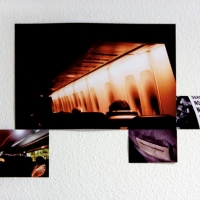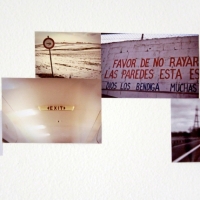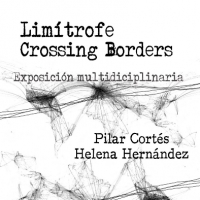Por Helena Hernández & Pilar Cortes .
Con la participación de Marcus Dyer.
The project focuses on the conditions of migration, movement and travel, where either for reasons of survival or recreation, one must constantly reaffirm and restate one’s own identity, actions, nationality, language and boundaries.
The documents required for crossing borders vary from place-to-place. They often depend on a person’s status and what business they are involved in, whether political, economic or social. Monitoring mechanisms may seem invisible, but in certain border areas, in which the interests and stability of a country are at risk these records and documents are required and the underlying systems are revealed.
This checking of documentation materializes any time we want to move freely in other countries, access facilities, seek employment and so forth. One must prepare strategies to deal with the cracks and crevices; requirements of bureaucracy that cannot always be met. Such individuals become vulnerable; their freedom dependent on little more than the contents of a purse, backpack or suitcase.
The project aims through a multidisciplinary facility to transform the space into a non-place; a place where the processes and environments which make all alike, come together
No Place Like No Place (Other)
By Marcus Dyer and Pilar Cortés.
Michael Sorkin, Email Conversation, New York/Tijuana, 2004
Not long ago, after a talk in San Diego, I visited Tijuana. Among my companions, was my friend Omar. Omar was a Palestinian architect who had recently moved to Irvine, US. Omar had been depressed and suffering from agoraphobia, deeply affected by the right-wing politics and suburban alienation endemic in the country. There, he had no car and had found himself trapped in his apartment, forced to walk miles just to buy some milk.
We picked him up at the station in San Diego and went south. Orange County was for him both alien and familiar at the same time. Communities of tiled roofs and fortified entrances created an architecture of exclusion, and invoking memories of Israeli settlements and made him feel like a second class citizen. We tried to make him feel better with promises of companionship, seafood and tequila.
Upon reaching the checkpoint to cross the border, his mood began to change. The presence of armed guards revived his nostalgia and he suddenly felt at home. Looking at the city, the graffiti on the wall, he began to smile. Arriving at the beach bar, he was glad. “I love this place,” he said. “It could be Gaza.”


 English
English
